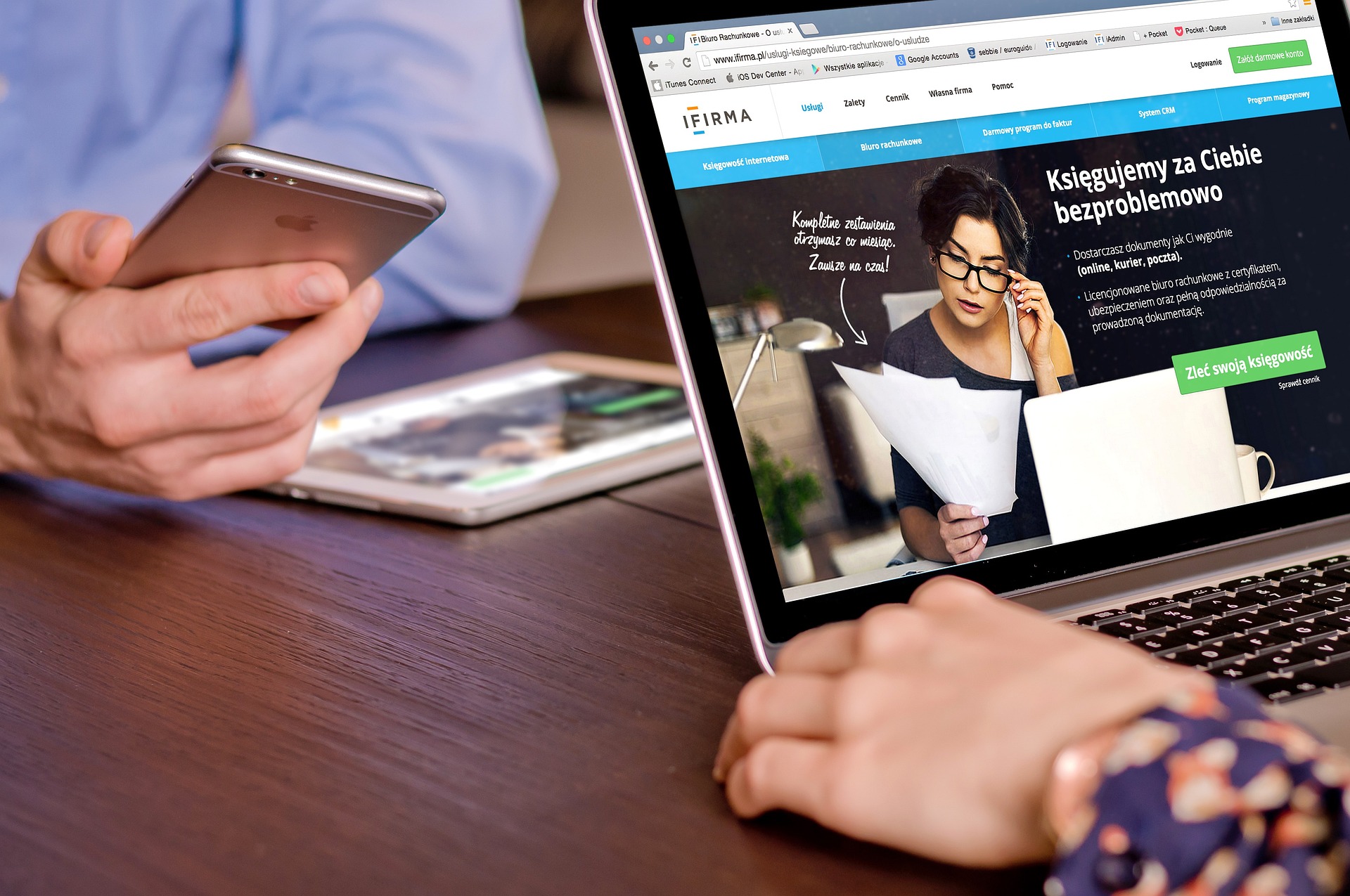
Empathy maps are an essential tool in the design thinking process, allowing designers to better understand their users and create products that meet their needs. As human beings, we are constantly looking for ways to connect with others and understand their needs and desires. In today’s fast-paced world, empathy is becoming an increasingly important skill, especially in the realm of design thinking.
According to a survey conducted by IBM, design thinking can lead to a 75% increase in revenue and a 68% increase in customer satisfaction.
In this blog post, we will discuss the importance of empathy maps in design thinking, their benefits, and how they can be used to create successful designs.
Empathy maps are a visual tool that helps designers understand the needs, wants and motivations of their users. They are created by mapping out the user’s experience and emotions through four key elements: what the user sees, hears, thinks, and feels. This approach allows designers to create a holistic view of the user’s experience and identify pain points or opportunities for improvement.
By understanding the user’s perspective, designers can create products that meet their needs and improve their overall experience. Empathy maps are a crucial component of the design thinking process, as they help designers create user-centred designs and drive innovation.
Empathy maps can be used in a variety of design contexts, including web and app development, product design, and marketing. By using empathy maps, designers can better understand their users’ needs and create products that solve their problems. This approach can also help businesses create a competitive advantage by offering products that meet the unique needs of their users.
One of the benefits of empathy maps is that they allow designers to gain a deeper understanding of their users. By mapping out the user’s experience, designers can identify pain points and areas where the user may be experiencing frustration. This information can then be used to create products that solve these problems and improve the user’s experience.
Another benefit of empathy maps is that they help designers identify opportunities for innovation. By understanding the user’s needs and desires, designers can create products that meet these needs in unique and innovative ways. This approach can lead to new product ideas and help businesses stay ahead of the competition.
Empathy maps can also help designers communicate with their team members and stakeholders. By presenting a visual representation of the user’s experience, designers can help others understand the user’s needs and desires. This approach can lead to more effective collaboration and a better end product.
To create an empathy map, designers should start by identifying the user they want to focus on. This could be a specific customer segment or a persona that represents the target user. Once the user has been identified, designers should start mapping out their experience by focusing on the four key elements: what the user sees, hears, thinks, and feels. This information can then be used to identify pain points and opportunities for innovation.
In conclusion, empathy maps are an essential tool in the design thinking process. By understanding the user’s perspective, designers can create products that meet their needs and improve their overall experience. Empathy maps can help designers gain a deeper understanding of their users, identify opportunities for innovation, and communicate with their team members and stakeholders. At Coding Brains, we understand the importance of empathy maps in design thinking, and we use them to create successful designs for our clients.


Leave a Reply